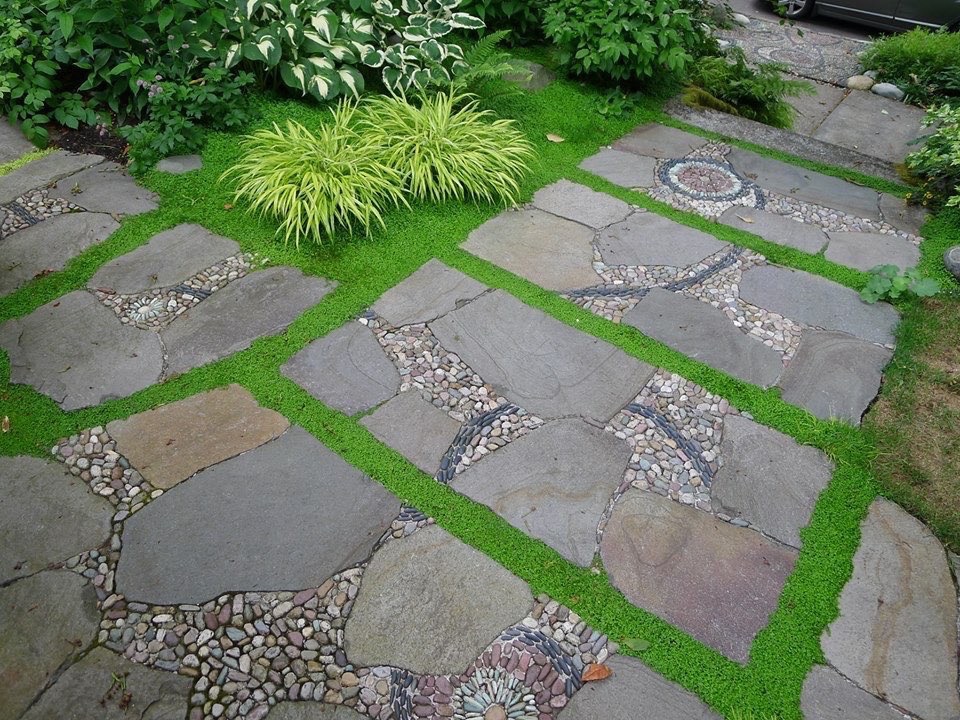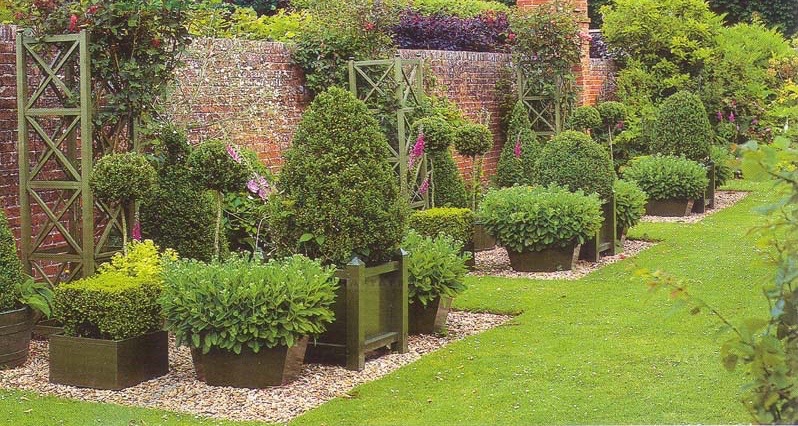They restrain tonnes of saturated soil that would otherwise slump and slide away from a foundation or damage the surrounding landscape.
These handsome barriers also make enticing spots to sit and can increase usable yard space by terracing sloped properties, something that is increasingly important as flat home sites become more and more scarce. Along with areas where water run off causes hillside erosion, ideal locations for a retaining wall include spots downhill from soil fault lines or where the downhill side of a foundation is losing supporting soil or its uphill side is under pressure from sliding soil. If your property needs a retaining wall or if the one you have is failing, review the four most common types of retaining walls to see if one may work for you; timber, interlocking blocks, stacked stone or brick/block/concrete.























